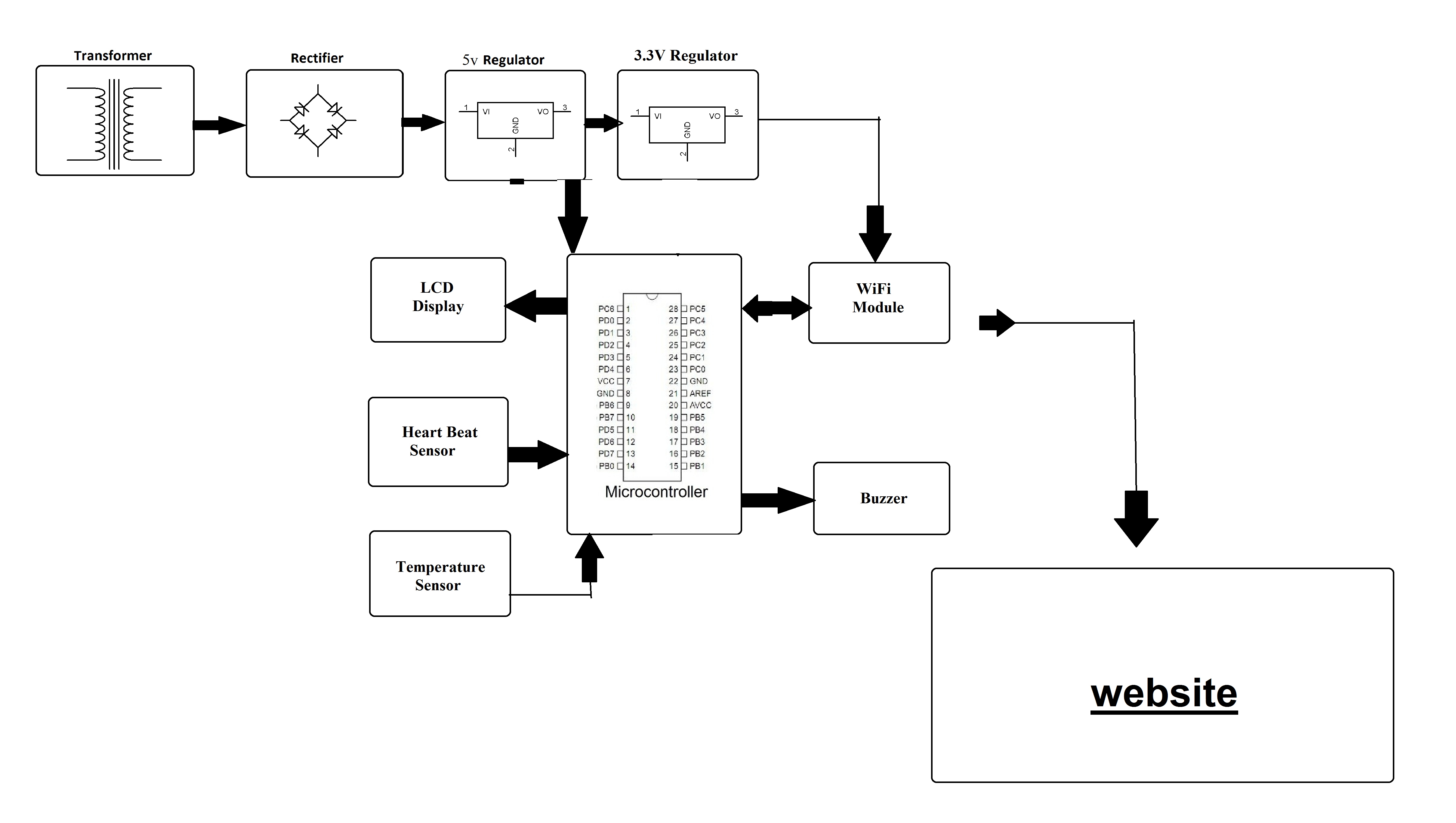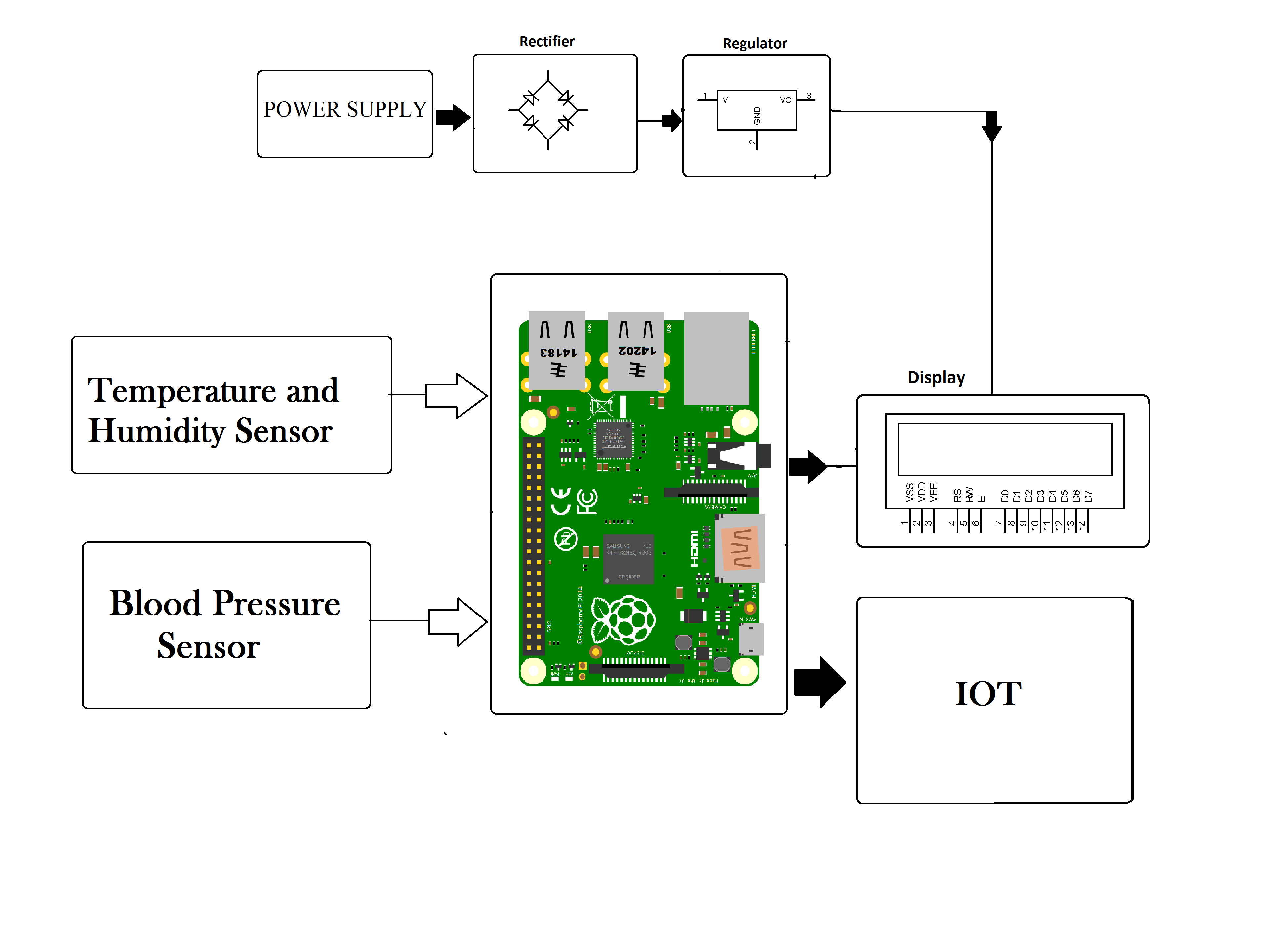Remote IoT Display Chart: The Ultimate Guide To Enhancing Data Visualization
In today's rapidly evolving digital landscape, remote IoT display charts have become a game-changer in data visualization. Organizations across industries are leveraging this technology to monitor and analyze real-time data efficiently. Whether you're a tech enthusiast, a developer, or a business owner, understanding remote IoT display charts is crucial for staying ahead in the game.
As IoT devices continue to proliferate, the ability to present data in a meaningful and accessible way has never been more important. Remote IoT display charts offer an innovative solution to this challenge by enabling users to access and interpret data from virtually anywhere. This capability not only enhances decision-making but also optimizes operational efficiency.
In this comprehensive guide, we will explore the concept of remote IoT display charts, their applications, benefits, and how you can implement them effectively. By the end of this article, you'll have a solid understanding of how remote IoT display charts can revolutionize the way you interact with data.
Read also:Jance Garfat The Inspiring Journey Of A Remarkable Figure
Here's a quick overview of what we'll cover:
- Introduction to Remote IoT Display Charts
- Benefits of Remote IoT Display Charts
- Applications Across Industries
- Tools and Technologies
- Data Visualization Techniques
- Implementation Strategies
- Security Considerations
- Challenges and Solutions
- Emerging Trends in IoT Data Visualization
- The Future of Remote IoT Display Charts
Introduction to Remote IoT Display Charts
Remote IoT display charts are digital tools designed to visualize data collected from Internet of Things (IoT) devices. These charts allow users to remotely access and interpret data in real-time, making them invaluable for businesses and individuals who rely on IoT technology. By integrating IoT devices with advanced visualization techniques, remote IoT display charts provide a comprehensive view of operational performance.
At their core, remote IoT display charts bridge the gap between raw data and actionable insights. They enable users to identify patterns, trends, and anomalies quickly, facilitating informed decision-making. This capability is particularly beneficial in industries such as manufacturing, healthcare, agriculture, and smart cities, where real-time data monitoring is critical.
Key Features of Remote IoT Display Charts
Some of the standout features of remote IoT display charts include:
- Real-time data visualization
- Customizable chart types (bar charts, line graphs, pie charts, etc.)
- Remote accessibility via web browsers or mobile apps
- Integration with cloud-based platforms
- Scalability to accommodate growing data volumes
Benefits of Remote IoT Display Charts
Implementing remote IoT display charts offers numerous advantages that can significantly enhance operational efficiency and productivity. Below are some of the key benefits:
Improved Decision-Making
Remote IoT display charts provide users with instant access to critical data, enabling them to make informed decisions quickly. By presenting data in a visually appealing and easy-to-understand format, these charts eliminate the need for manual data analysis, saving time and reducing errors.
Read also:Ruth Chris Owner Net Worth At Death A Comprehensive Look Into The Legacy Of Ruth Fertel
Enhanced Operational Efficiency
With remote IoT display charts, organizations can monitor their operations in real-time, identifying inefficiencies and bottlenecks promptly. This capability allows businesses to optimize their processes, reduce downtime, and improve overall performance.
Increased Flexibility
Remote accessibility ensures that users can access data from anywhere, at any time. This flexibility is particularly beneficial for remote teams or organizations with multiple locations, as it allows for seamless collaboration and communication.
Applications Across Industries
Remote IoT display charts find applications in various industries, each leveraging the technology to address specific challenges and opportunities. Below are some examples:
Manufacturing
In manufacturing, remote IoT display charts are used to monitor production lines, track equipment performance, and predict maintenance needs. This enables manufacturers to minimize downtime, improve quality control, and optimize resource allocation.
Healthcare
Remote IoT display charts play a crucial role in healthcare by enabling real-time monitoring of patient vital signs, medication schedules, and treatment progress. This technology enhances patient care, reduces hospital readmissions, and improves overall health outcomes.
Agriculture
In agriculture, remote IoT display charts help farmers monitor environmental conditions, soil moisture levels, and crop health. By providing actionable insights, these charts enable farmers to optimize irrigation, fertilization, and pest control, leading to increased yields and reduced costs.
Tools and Technologies
Several tools and technologies are available for implementing remote IoT display charts. These include:
Cloud Platforms
Cloud-based platforms such as Amazon Web Services (AWS), Microsoft Azure, and Google Cloud Platform (GCP) offer robust solutions for building and deploying remote IoT display charts. These platforms provide scalable infrastructure, advanced analytics capabilities, and seamless integration with IoT devices.
Visualization Libraries
Visualization libraries like D3.js, Chart.js, and Highcharts enable developers to create interactive and customizable charts for remote IoT display. These libraries offer a wide range of chart types and features, making it easy to design charts that meet specific requirements.
IoT Gateways
IoT gateways act as intermediaries between IoT devices and cloud platforms, facilitating data transfer and processing. They ensure secure and reliable communication, enabling seamless integration of remote IoT display charts into existing systems.
Data Visualization Techniques
Effective data visualization is essential for maximizing the value of remote IoT display charts. Below are some techniques that can enhance the visualization experience:
Interactive Dashboards
Interactive dashboards allow users to explore data in-depth, zooming in on specific metrics or time periods. This interactivity enhances user engagement and provides a more comprehensive understanding of the data.
Real-Time Updates
Real-time updates ensure that users always have access to the latest data, enabling them to respond quickly to changing conditions. This feature is particularly important in industries where timely decision-making is critical.
Customizable Views
Customizable views enable users to tailor the display of data to their specific needs. By allowing users to choose which metrics to display and how to present them, customizable views improve the usability and relevance of remote IoT display charts.
Implementation Strategies
Successfully implementing remote IoT display charts requires careful planning and execution. Below are some strategies to consider:
Define Objectives
Start by clearly defining the objectives of your remote IoT display chart implementation. What data do you want to visualize? Who will be using the charts? What insights do you hope to gain? Answering these questions will help guide your implementation process.
Select the Right Tools
Choose tools and technologies that align with your objectives and budget. Consider factors such as scalability, ease of use, and integration capabilities when making your selection.
Ensure Data Security
Data security is a top priority when implementing remote IoT display charts. Implement robust security measures, such as encryption and access controls, to protect sensitive data from unauthorized access.
Security Considerations
Security is a critical concern when working with remote IoT display charts. Below are some best practices to ensure the security of your data:
Data Encryption
Encrypt data both in transit and at rest to prevent unauthorized access. Use industry-standard encryption protocols, such as TLS and AES, to safeguard your data.
Access Controls
Implement strict access controls to ensure that only authorized users can access sensitive data. Use role-based access control (RBAC) to define user permissions and limit access to critical systems.
Regular Audits
Conduct regular security audits to identify and address vulnerabilities in your system. Stay up-to-date with the latest security patches and updates to protect against emerging threats.
Challenges and Solutions
While remote IoT display charts offer numerous benefits, they also present some challenges. Below are some common challenges and their solutions:
Data Overload
With the vast amount of data generated by IoT devices, it can be challenging to identify the most relevant metrics. To address this, focus on key performance indicators (KPIs) and use filtering and aggregation techniques to simplify the data.
Integration Complexity
Integrating remote IoT display charts with existing systems can be complex. To overcome this, choose tools and platforms that offer seamless integration capabilities and seek expert guidance if needed.
Cost Concerns
Implementing remote IoT display charts can involve significant upfront costs. To manage these costs, prioritize your requirements and implement solutions incrementally, starting with the most critical features.
Emerging Trends in IoT Data Visualization
The field of IoT data visualization is constantly evolving, with new trends emerging regularly. Below are some trends to watch:
AI-Powered Analytics
Artificial intelligence (AI) is increasingly being used to enhance IoT data visualization. AI-powered analytics can identify patterns and trends that may not be immediately apparent, providing deeper insights into operational performance.
Edge Computing
Edge computing enables data processing closer to the source, reducing latency and improving real-time data visualization. This technology is particularly beneficial for applications requiring rapid decision-making.
Augmented Reality
Augmented reality (AR) is being explored as a means of enhancing IoT data visualization. By overlaying digital information onto the real world, AR can provide users with a more immersive and interactive visualization experience.
The Future of Remote IoT Display Charts
As IoT technology continues to advance, remote IoT display charts will become even more powerful and versatile. Innovations in AI, edge computing, and AR will further enhance their capabilities, enabling users to gain deeper insights and make more informed decisions.
In the future, remote IoT display charts are likely to become more intuitive and user-friendly, with advanced features such as voice-activated controls and predictive analytics. These developments will make it easier for businesses and individuals to harness the full potential of IoT data visualization.
Kesimpulan
Remote IoT display charts have revolutionized the way we interact with data, offering powerful tools for real-time monitoring and analysis. By understanding their benefits, applications, and implementation strategies, you can leverage this technology to enhance your operations and achieve your goals.
We encourage you to explore the resources mentioned in this article and experiment with remote IoT display charts in your own projects. Share your experiences and insights in the comments below, and don't forget to check out our other articles for more information on IoT and data visualization.

